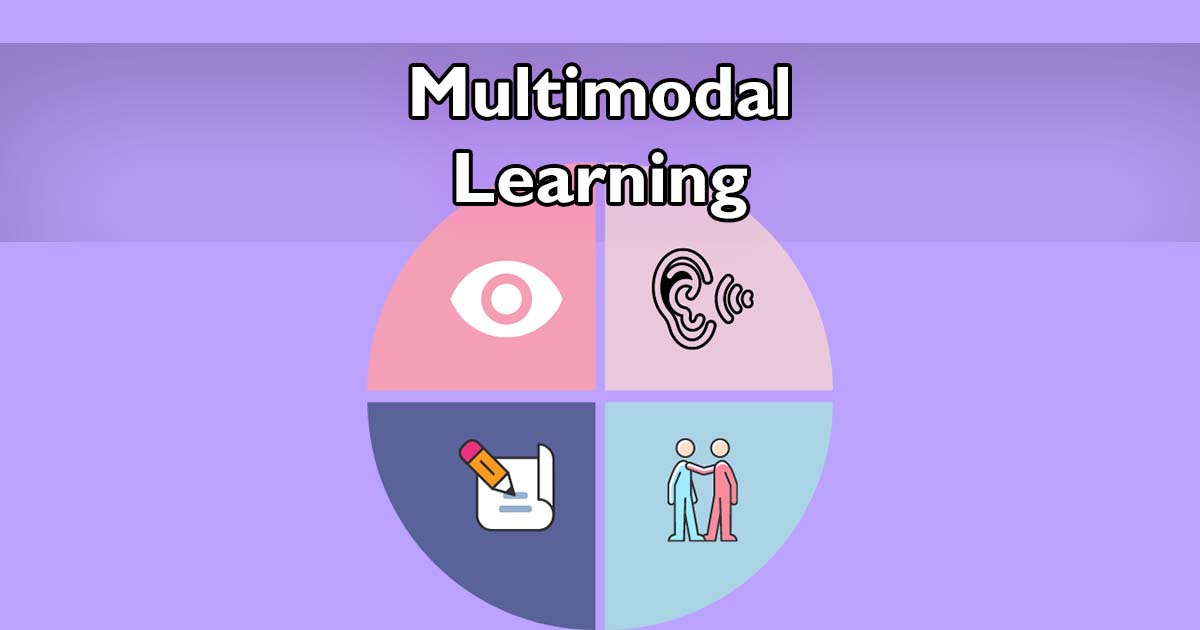Summary
In the artificial intelligence (AI) world, Jina AI has been at the forefront of leveraging the power of multimodal learning.
Through their innovative approach, they’ve made a significant breakthrough in streamlining cross-modal searches, paving the way for a more integrated and efficient AI experience.
What is Multimodal Learning?
Multimodal learning is an advanced AI paradigm that simultaneously processes and integrates multiple input types—like text, images, and audio.
Unlike traditional AI models that handle a single data type, multimodal systems can seamlessly fuse information across diverse modalities, mimicking human cognition more closely.
For instance, a multimodal AI model can analyze a photo alongside its textual description to make better predictions about the photo’s content.
Jina AI’s Implementation
Jina AI’s application of multimodal learning is best demonstrated in its novel approach to search functionality.
With their open-source neural search framework, Jina AI has created a system that can receive a query in one modality (like an image) and return results in another (like text).
Their technology is breaking down the silos that traditionally exist in search, making it more fluid, natural, and efficient.
For those interested in making a solid investment in their AI toolkit, you can check out the Apple MacBook Pro with the M3 Chip on Amazon.
The Impact and Importance of Jina AI’s Breakthrough
The breakthrough achieved by Jina AI in streamlining cross-modal searches has far-reaching implications for the world of AI.
It broadens the potential applications for AI systems and enhances their effectiveness and user-friendliness.
Users can now interact with AI systems more intuitively and flexibly, and AI systems can understand and respond to user queries more accurately.
How does Jina AI’s use of multimodal learning enhance search functionality?
Jina AI leverages multimodal learning to understand queries across different modalities and return results that may be in another form.
This flexibility significantly broadens the search scope, making it more adaptable and intuitive for users.
What impact does Jina AI’s breakthrough have on AI’s future?
Jina AI’s success in cross-modal searches has considerable implications for AI’s future.
It expands potential applications for AI systems, enhancing their effectiveness and user experience.
It also sets a precedent for more integrative and efficient interactions between humans and AI systems.
Can Jina AI’s multimodal learning approach be applied to other AI applications?
Indeed, while Jina AI’s implementation is in the search domain, the underlying principles of multimodal learning have broad applicability.
The ability to interpret and integrate multiple types of data simultaneously can be leveraged in various AI applications, from virtual assistants to autonomous vehicles.
Conclusion
Jina AI’s success in streamlining cross-modal searches using multimodal learning underscores the transformative potential of this technology.
This breakthrough is a beacon for future AI applications, highlighting the path toward more efficient and integrative AI systems.
- The Agentic Startup Manifesto - June 8, 2025
- Remote Hiring in 2025 - April 5, 2025
- Burnout in Remote Teams: How It’s Draining Your Profits - January 27, 2025
